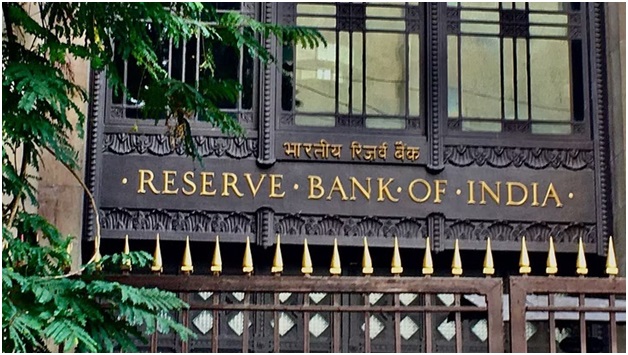Why the Monetary Policy Committee (MPC) Is Expected to Sustain the Repo Rate Pause: Insights into RBI's Policy (Indian Express)

- 03 Oct 2023
Why is it in the News?
- The Reserve Bank of India's Monetary Policy Committee (MPC) is going to meet from October 4 to 6.
- During this meeting, it is expected that the MPC will not change the repo rate, which is currently at 6.5 percent.
- This will be the fourth time in a row that they keep it the same.
- The reason for this decision is that inflation, which is measured using the consumer price index (CPI), is staying high.
- Additionally, it's likely that the central bank will stick to its plan of reducing the amount of money in the economy, which is known as a 'withdrawal of accommodation' stance.
- This is done to control inflation and prevent it from getting worse.
- On the other hand, if they were to take an 'accommodative stance,' it would mean that the central bank is willing to increase the money supply in order to boost economic growth.
Why is RBI likely to keep things the same in its policy?
Domestic Challenges:
- Consumption Concerns: There are worries about people buying less due to high food prices.
- Monsoon Trouble: The monsoon season hasn't been consistent, which is affecting crops like kharif.
- Higher Interest Rates: Interest rates are up, which can impact borrowing and spending.
- Inflation is still high, at 6.8 percent. While it's expected to drop, there's some concern about the kharif crop, especially pulses, which could make prices go up.
- The RBI Governor has also pointed out that frequent food price increases can make it harder to control inflation.
External Challenges:
- Rising Oil Prices: Oil prices worldwide have gone up, averaging nearly $89 per barrel. This is a 12.6 percent increase since the last policy.
- Russia-Ukraine War: The conflict between Russia and Ukraine is causing problems in the supply chains for many goods.
Is there going to be a revision in the GDP growth prediction?
- According to experts, it's unlikely that the RBI will alter its GDP forecast in the upcoming monetary policy announcement.
- The basic factors supporting growth still look positive, but there's a significant question mark regarding how a poor monsoon might affect agricultural production.
- Additionally, there's anticipation of an ongoing economic slowdown in Europe and China, which could lead to reduced exports and potential challenges for rural demand due to this year's weak monsoon.
Will there be any announcements regarding liquidity measures?
- According to experts, it's unlikely that the RBI will introduce any specific liquidity measures at this time, as the current liquidity situation is already tight.
- Furthermore, the RBI is in the process of reversing the incremental cash reserve ratio (I-CRR), which was introduced in the August policy.
- I-CRR is an extra cash reserve that banks have to maintain on top of the standard cash reserve ratio (CRR), which is the portion of deposits that banks must keep with the RBI.
- The RBI declared the discontinuation of I-CRR on September 8.
- However, despite the gradual withdrawal of I-CRR, there has been a liquidity deficit in the system since mid-September due to quarterly tax outflows and GST payments.
- Additionally, interventions in the foreign exchange market aimed at supporting the rupee may have slightly absorbed some rupee liquidity.
What is the Monetary Policy Committee (MPC)?
- According to Section 45ZB of the revised RBI Act of 1934, the central government has the authority to establish a six-member Monetary Policy Committee (MPC).
- The MPC's main responsibility is to decide the policy interest rate necessary to achieve the inflation target. The first MPC was formed in September 2016.
- Members of MPC
- As per the amended RBI act, the MPC is composed of the following members:
- The RBI Governor, who serves as its ex officio chairperson.
- The Deputy Governor responsible for monetary policy.
- An officer from the Bank nominated by the Central Board.
- Three individuals appointed by the central government.
Functions of MPC:
- Setting Policy Interest Rates: The primary role of the MPC is to determine policy interest rates, specifically the repo rate.
- Inflation Targeting: The government has set a current inflation target, which is a Consumer Price Index (CPI) inflation goal of 4% with a tolerance range of +/- 2%.
- Economic Analysis and Forecasting: The MPC conducts comprehensive analysis and forecasting of various economic indicators, including inflation, GDP growth, employment, fiscal conditions, and global economic trends.
- Decision-Making: The MPC convenes at least four times a year to assess the direction of monetary policy.
